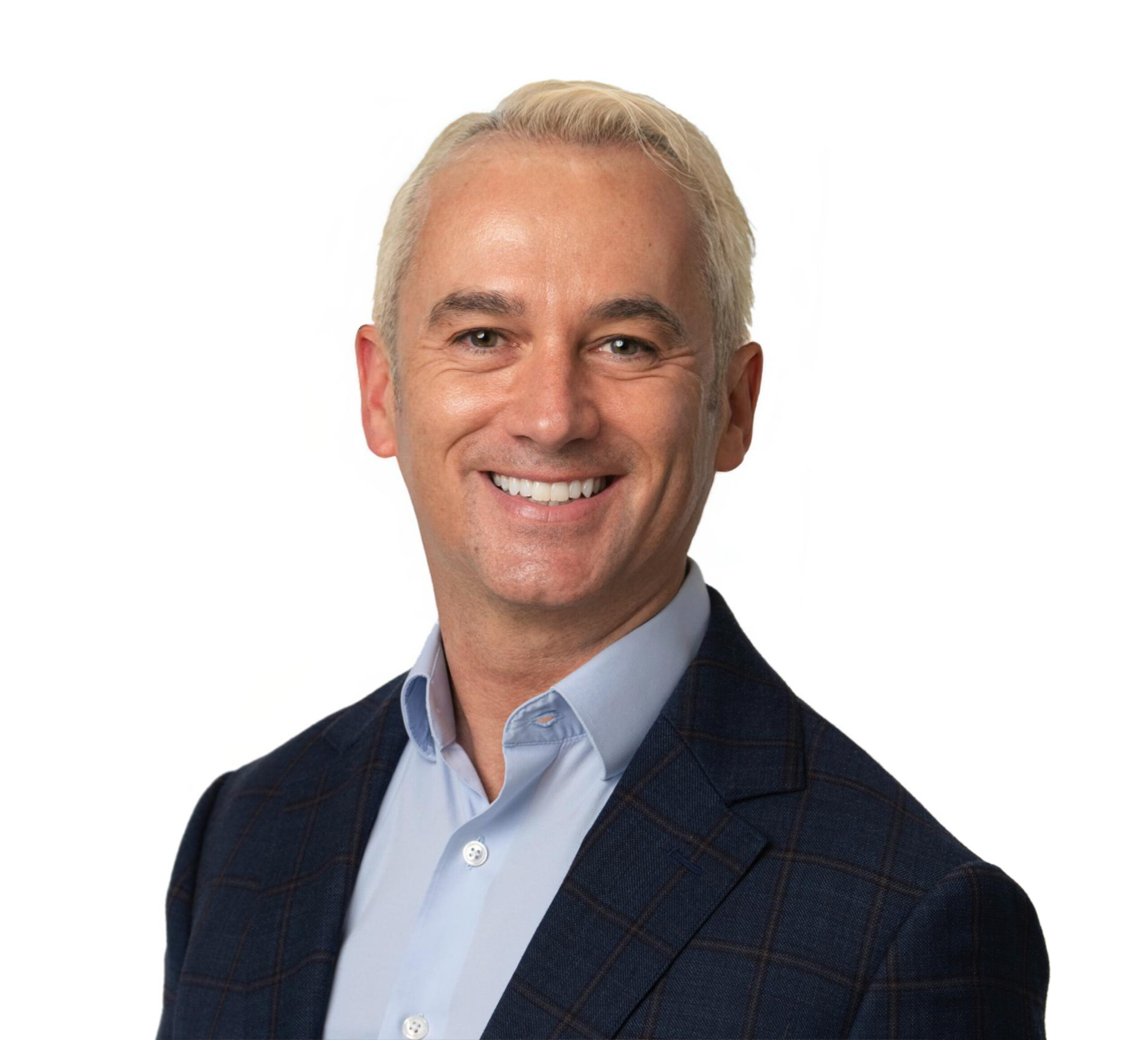Travis Atkinson
Meet Travis
Beyond Rainbow Competence: A Gay Couples Therapist Who Gets It
Since 1995, I’ve watched gay relationships in New York evolve from societal shadows into this complex present. Not as a distant observer. As witness, guide, and sometimes salvage expert when love capsizes.
Your relationship deserves more than rainbow competence. It needs someone who’s helped dozens of couples navigate exactly what you’re facing.
When Traditional Gay-Friendly Therapy Falls Short
The Village therapist who treated your open relationship discussions like exotic anthropological discoveries? The Brooklyn Heights counselor who couldn’t understand why “communicate better” wasn’t fixing your intimacy desert? They meant well. They just weren’t equipped.
That West Village executive with perfect communication skills and a dying relationship? The Fort Greene artist whose carefully negotiated open arrangement imploded? They both discovered the hard way that frameworks designed for straight couples often miss our unique architecture.
Three Revolutionary Models. One Integrated Approach.
Emotionally Focused Therapy creates safe pathways for vulnerability. When your partner reaches for your hand instead of his phone? That’s EFT.
Gottman’s research specifically studied gay couples, identifying our distinct patterns. When your Chelsea boyfriend addresses conflict with curiosity instead of eye-rolling? Gottman’s influence.
Schema therapy—my deepest work—pinpoints those almost gravitational patterns unique to gay relationships after lifetimes in environments never built for us. That Tribeca lawyer who finally broke his cycle of choosing emotional ghosts? Schema therapy identified the childhood blueprint, then helped him rewrite it.
The Loving at Your Best Plan isn’t therapeutic patchwork. It’s seamless integration where these approaches work as one, without making you switch dialects mid-healing.
Not Just Theory—Real Relationship Recovery
That Soho designer who couldn’t bear his partner’s touch after discovering the affair? That Chelsea couple who hadn’t touched in eighteen months after betrayal? They arrived convinced irreparable damage had been done.
They were wrong.
When you’re ready for therapy that doesn’t require translating your existence, I’m here—with an approach specifically designed for gay men navigating love in this beautiful, relentless city.

Navigating Gay Love’s Unique Terrain
In thirty years of sitting with gay couples across New York, I’ve discovered something vital: our love follows patterns as distinct as the way we navigate brunch reservations on Sunday morning. Not because we’re exotic curiosities. Because our emotional architecture forms under different pressures, different histories, different possibilities.
That guy whose Hinge dates all mysteriously end after three weeks?
The couple negotiating whether “looking is cheating” for the fifteenth time this month?
The partners who haven’t had sex since before Taylor Swift’s last three albums?
They all share something beyond frustration—they need someone who actually understands the invisible forces shaping their connection.
Some of you know what it means to navigate environments where authenticity comes with risks.
My journey traversed Pepperdine’s Malibu sunshine, the narrow streets of Dutch villages, and the suffocating boundaries of Brigham Young University in Provo—a conservative Mormon institution where religious doctrine governs student conduct down to tea and coffee consumption and hemline measurements.
From oceanside freedom, I entered a two-year Mormon mission in the Netherlands—that rite of passage you’ve probably seen on Broadway watching The Book of Mormon. That song about “turning it off like a lightswitch?” They nailed it with illuminating accuracy!
Imagine me, Elder Atkinson, name tag gleaming against a freshly pressed white shirt, forbidden to glance too long at my “sexy new companion” while battling that continuous guilt-inducing critic voice.
Suddenly I’m responsible for our dismal stats being turned in each week to the district leader—utterly dismal numbers among the already dismally difficult task of proselytizing to the Dutch, who, as countless doors slammed in my face, reminded me repeatedly that “after the war, we only have one God: money!”
Sixty hours weekly of rejection in Dutch—a language where every sentence sounds like you’re either clearing your throat or proposing marriage.
Yet nothing in my therapeutic career has matched that immersion in raw human connection.
I learned to read micro-expressions across language barriers. To hear what strangers weren’t saying behind what they did. To understand why someone might slam a door Tuesday then invite you in Thursday.
No psychology department could replicate that crash course in emotional navigation.
Then back to Brigham Young University. Where campus police earned their “student wage” by moonlighting as sexual entrapment specialists in restrooms.
Where my roommate’s socks-with-sandals violation earned him actual disciplinary probation because—documented fact—visible foot hair counted as “an extension of pubic hair.”
Where the wrong touch with the wrong gender could vaporize your academic standing and housing simultaneously.
Where I served cafeteria food alongside peers who, for the same pitiful wage, were hunting down guys like me between shifts.
This isn’t ancient history I’ve neatly filed away. It’s emotional architecture I’ve excavated, examined, and integrated.
When your partner’s innocent comment about family dinner triggers a blackout rage that seems wildly disproportionate? I recognize that blueprint’s origin without you needing to translate.
When shame hijacks your Sunday—derailing what should have been a perfect brunch at that impossible-to-book spot—I’ve witnessed that pattern enough times to spot it immediately.
Both in my clients and in my mirror.
Three Models, One Seamless Approach
Watch what happens when your boyfriend addresses conflict with genuine curiosity instead of that silent treatment that makes your apartment feel suddenly enormous.
That’s Gottman’s influence. His research actually studied gay couples directly. Not straight templates with rainbow filters applied in post-production.
Notice when his hand finds yours under the dinner table instead of reaching for his phone?
EFT’s magic creating safety where defenses once stood guard. Transforming the restaurant table from potential battleground to momentary sanctuary.
Remember your friend who finally broke his pattern of choosing emotional ghosts disguised as boyfriends with abs?
Schema therapy identified the childhood blueprint beneath his adult choices. Then helped him completely rewrite it. Four relationships later, he’s still with that “average-looking” guy who actually sees him.
The Loving at Your Best Plan integrates these approaches into a single language that shifts precisely when your relationship needs it.
You don’t adjust to the therapy. It adjusts to you.
Credentials That Actually Matter
Few therapists worldwide hold the trifecta of advanced certifications I’ve earned across schema, EFT, and Gottman methods. Even fewer have received the International Society of Schema Therapy’s Honorary Lifetime Membership—a distinction awarded to less than ten individuals who’ve transformed the field.
During my six years on ISST’s executive board, I led initiatives that quadrupled the organization’s global membership. The INSPIRE conferences and ENLIGHT symposiums I created now serve as the field’s cornerstone events, bringing researchers and clinicians together to advance schema therapy each year.
What does this mean for your relationship? It means by working with me, you’ll find a therapist who is extremely passionate in the field, a trailblazer, not just a follower who clocks in and checks their 401k account to see when they’ll have enough to retire.
The Loving at Your Best Plan for gay couples therapy in NYC has been refined through thousands of gay couples’ experiences across cultures and contexts for over three decades—not techniques hastily adapted from straight relationship models during Pride month
But what matters isn’t the framing—it’s what these credentials mean for your relationship.
It’s understanding precisely why “just communicate better” falls spectacularly flat when you’re navigating who pays what portion of the rent when one of you makes twice as much.
Or whether his mother’s passive-aggressive comments at dinner deserve response or restraint.
That couple convinced they were “incompatible” because one’s a morning person and the other comes alive at midnight?
The pair wondering if non-monogamy might save them or sink them entirely?
The partners who haven’t bothered with date night since the last season of “Queer Eye” dropped?
They discovered that the right approach makes all the difference.
Global Impact, New York Focus
What happens in my Brooklyn office doesn’t stay there—it ripples across continents.
The Chelsea couple debating whether “Instagram thirst traps count as cheating” on Tuesday morning might unknowingly transform how a therapist in Seoul approaches similar conversations with their gay clients where Wednesday has already dawned.
Your relationship breakthrough today becomes someone else’s roadmap tomorrow.
Why should this matter to you? Because the Loving at Your Best Plan hasn’t been hastily retrofitted from heterosexual frameworks.
It’s been methodically developed through three decades of working exclusively with thousands of gay relationships across diverse backgrounds, experiences, and cultural contexts.
This isn’t therapy with rainbow-colored Band-Aids slapped on during Pride month—it’s an approach built from the ground up for gay men’s unique relationship dynamics.
When you’re ready for therapy that doesn’t require constantly translating your existence, I’m here—with an approach specifically designed for gay men navigating love in this magnificent, maddening city.
Because loving at your best shouldn’t begin with a TED talk explaining who you fundamentally are.

Travis was recently interviewed by Rachel Miller, Deputy Editor of VICE Life and author of The Art of Showing Up: How to Be There for Yourself and Your People. Rachel’s article explores “How to Deal with a Friend Who Constantly Puts Their Partner Down ‘as a Joke.'” How do you feel when a friend’s partner starts dunking on your friend in front of you?


